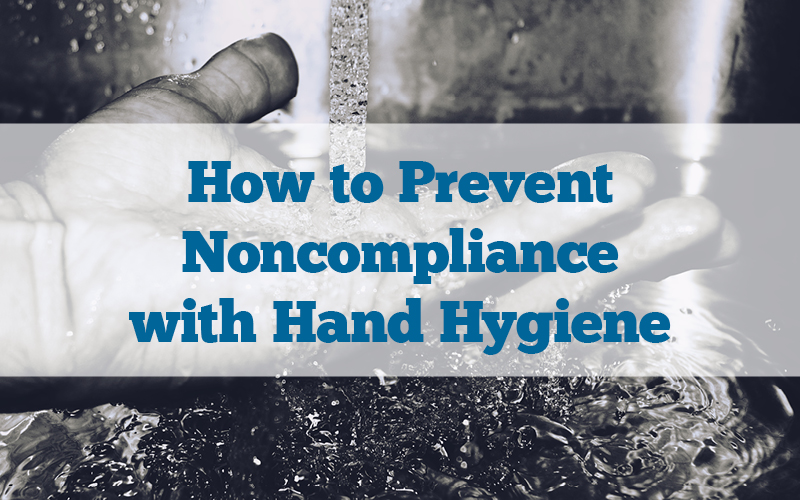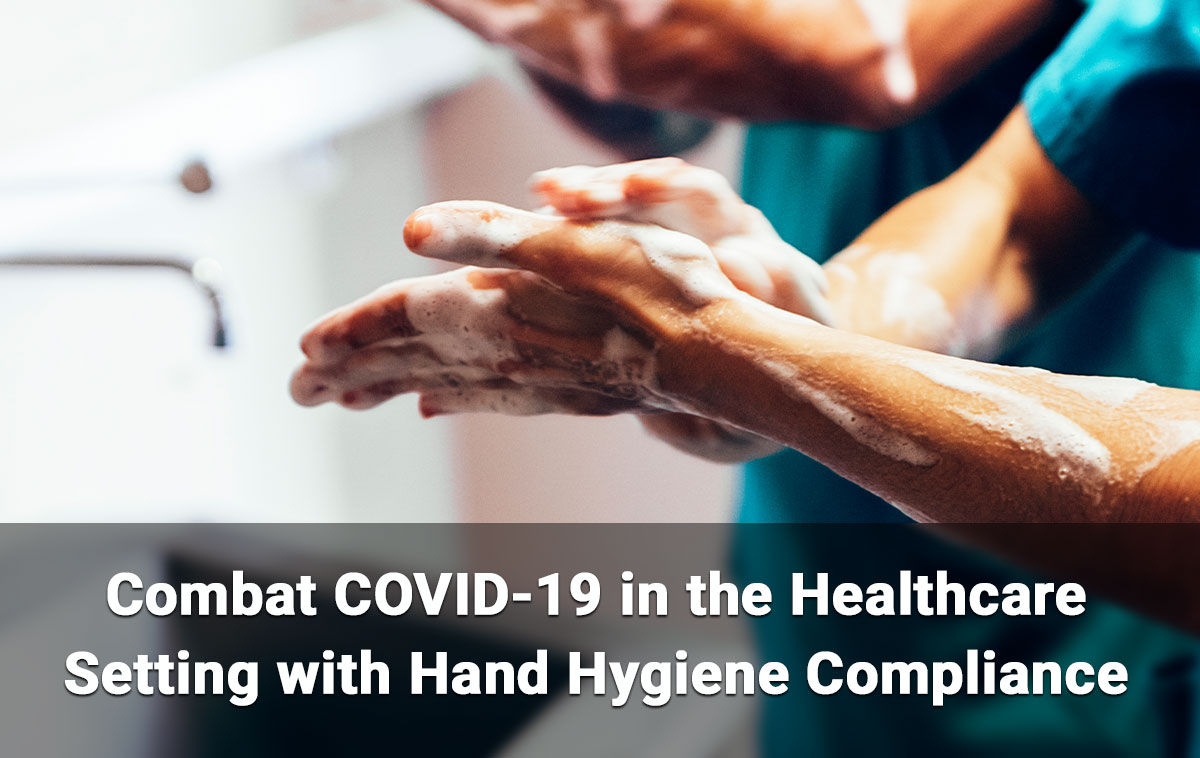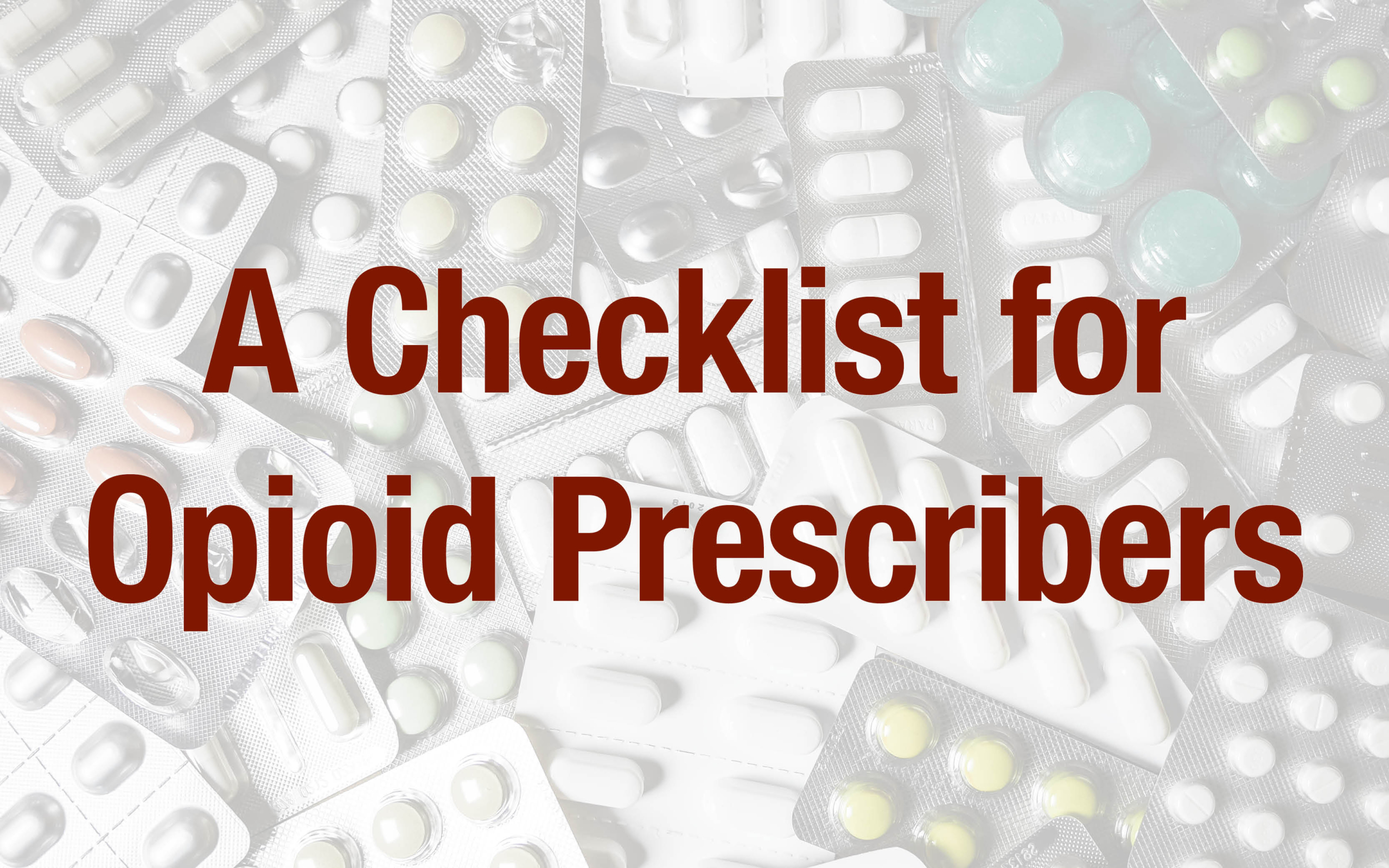How to Prevent Noncompliance with Hand Hygiene
The Centers for Disease Control and Prevention (CDC) reports approximately 1.7 million health care-associated infections (HAIs) each year, many of which are attributed to transmission by health care personnel. All health care personnel must be compliant with hand hygiene to prevent avoidable health care- associated infections (HAIs). However, implementation of a hand hygiene program in a healthcare facility is only the first step– but that alone will no longer meet compliance requirements. The Joint Commission’s heightened focus on hand hygiene this year will require further efforts for both employers and employees.
It’s been over a decade since The Joint Commission established the National Patient Safety Goal (NPSG.07.01.01) for healthcare organizations, requiring compliance with the CDC or World Health Organization hand hygiene guidelines. Specifically, this NPSG includes the following:
- implement a hand hygiene program
- set goals for improving compliance with the program
- monitor the success of those plans
- steadily improve the results through appropriate actions.
Since 2004, The Joint Commission citations primarily focused on organizations demonstrating a pattern of noncompliance, but this is no longer the case.
Time’s up for each healthcare worker to be aware of their significant role in prevention of HAIs with diligent hand hygiene. As of January 1, 2018, surveyors for The Joint Commission focus on noncompliance with Infection Prevention and Control Standard IC.02.02.02, EP2, citing accredited programs for any individuals failing to perform hand hygiene while involved with direct patient care.
Healthcare organizations must address any barriers to an effective hand hygiene program, particularly those that may result in an individual’s suboptimal or lack of hand hygiene during patient care activities. According to the CDC’s Guideline for Hand Hygiene in Health-care Settings, the following factors are associated with poor adherence to hand hygiene practices:
Observed risk factors
- Physician status
- Nursing Assistant status
- Male Sex
- Working in an ICU
- Working during the week
- Wearing gowns/gloves
- Automated sink
- Activities with high risk of cross-transmission
- High number of opportunities for hand hygiene per hour of patient care
Self-reported factors
- Handwashing agents cause irritation and dryness
- Sinks are inconveniently located/shortage of sinks
- Lack of soap and paper towels
- Often too busy/insufficient time
- Understaffing/overcrowding
- Patient needs take priority
- Hand hygiene affects healthcare workers relationship with patient
- Low risk of acquiring infection from patients
- Wearing of gloves/belief that glove use obviates need for hand hygiene
- Lack of knowledge of protocols/guidelines
- Not thinking about it/Forgetfulness
- No role model from colleagues or superiors
- Skepticism regarding the value of hand hygiene
- Disagreement with the recommendation
- Lack of scientific information on definitive impact
First and foremost, a culture of patient safety must be adopted by the entire organization. Hand hygiene must be an organization-wide priority. Staff training should include the importance of hand hygiene in the healthcare setting and the use of appropriate engineering and work practice controls. Frequent reminders are always helpful -signage, staff meetings and emails – to promote the significance of hand hygiene to the organization and patient safety. Periodic monitoring of each individual’s hand hygiene techniques should be incorporated into the program to achieve success. Individual and organizational compliance with hand hygiene practices should be recognized and rewarded, and noncompliance should be addressed with sanctions. Continuous evaluation of the organization’s hand hygiene program is necessary to assess the effectiveness of the program, revising policies and procedures when necessary to improve compliance.
Need information on proper hand hygiene techniques?
First Healthcare Compliance offers the following resources for your hand hygiene program and patient safety posters.







